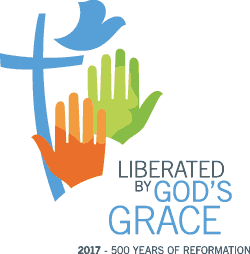The Lutheran congregations in Russia have three roots. First (since the 16th century) came immigrants from other European countries, mainly Germany, to all large cities of the Tsarist Empire. They founded Lutheran (sometimes Reformed) congregations. The second group were indigenous Lutheran Christians who came under Tsarist rule when Peter the Great conquered the areas around the Baltic Sea in the 18th century. They were Germans, Latvians, Estonians and Ingrian Finns. In the midst of the Lutheran Ingrian territory, the Tsar built his new capital, St. Petersburg. The third wave were Germans, invited to the newly conquered Southern territories by Catherine the Great (1763). They formed colonies in the Volga area, the Black Sea region, Ukraine and even in some valleys of the Caucasus.
Plans for Reformation 500
Ev.-Luth. Church in European Russia:
- Publication of a book on the Lutheran Church in Russia, including illustrations, photos, etc. (2017)
- Edition of Dietrich Bonhoeffer’s selected texts in Russian for use in congregations (2017)
- Festive General Synod in Moscow as the main celebration of the Reformation in Russia (including ecumenical guests and state representatives), 2017
Young Reformers:
- 500 for 500. The project has as its mission to help 500 seriously ill children for the year of the anniversary of the Reformation. More Information

